Wet or Dry? The Tasty Dilemma Every Cat Parent Faces
Quick question: wet or dry — which is best for your cat? You’re not alone if you’re confused. This guide breaks it down simply and without judgment.
We’ll cover: Understanding cat nutrition basics, when wet food is a smart pick, why dry stays popular, health considerations (urinary, weight, teeth, allergies), label reading tips, practical feeding strategies (mixing, transitioning, portions), plus budget-friendly storage and real-life tricks to keep meals interesting. By the end you’ll have clear, practical choices that fit your cat’s needs and your lifestyle. No jargon, just friendly, useful advice.

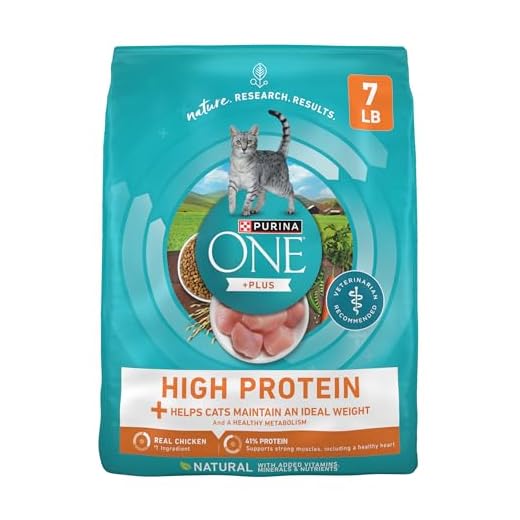
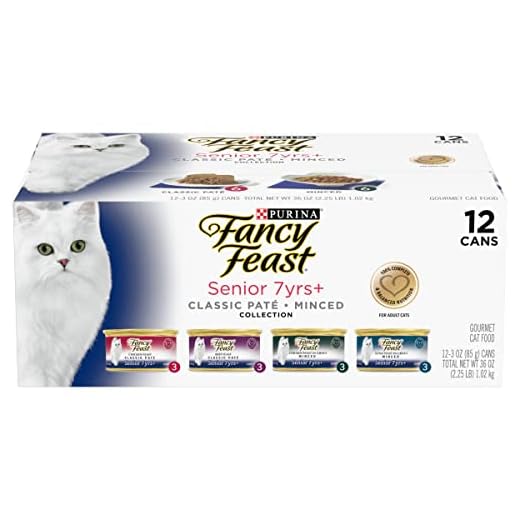
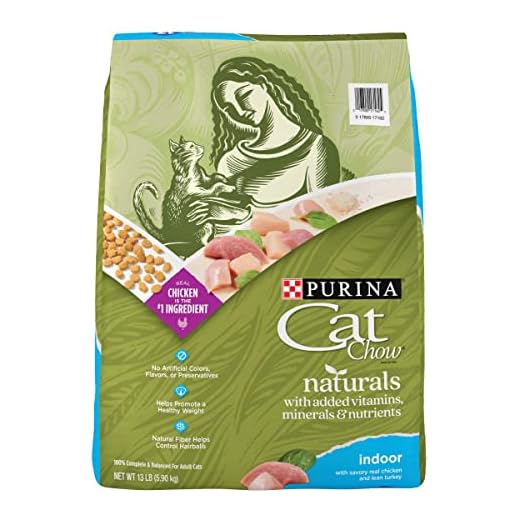
Cat Food 101: What
Understanding Cat Nutrition Basics (What Their Bodies Actually Need)
Obligate carnivores: protein first
Cats are obligate carnivores — their bodies run on meat. Think of protein as high-octane fuel: it supplies amino acids they can’t make enough of on their own. Taurine is a superstar amino acid; without it, eyesight and heart function suffer. Look for named animal proteins (chicken, salmon) near the top of the ingredient list.
Moisture: the silent necessity
Cats evolved from desert-dwelling hunters and naturally drink less water. Wet food helps keep their “internal water tank” topped up, which supports kidneys and urinary health. Dry food can work if your cat drinks reliably — but many don’t, so consider water fountains or mixing wet food in.
Fats, fatty acids, vitamins & minerals
Fats are concentrated energy and provide essential fatty acids (like omega-3s) for skin, coat, and brain. Vitamins and minerals (A, D, calcium, phosphorus, B vitamins) must be balanced — too much or too little causes problems. AAFCO- or FEDIAF-stated formulations are a good baseline.
Metabolism & life stage tweaks
Kitten = growth mode (more calories, higher protein, different calcium/phosphorus). Adult = maintenance. Senior = fewer calories, possibly more joint support and easier-to-digest proteins. Adjust portions and calorie density accordingly.
Quick checklist (actionable)
Next up: why wet food often wins on moisture and palatability — and when it’s the smarter pick for your cat.
Wet Food: Why Many Cats Love It (and When It’s a Smart Pick)
Moisture, aroma, and meat-first calories
Wet food’s biggest win is obvious: water. The high moisture content helps cats stay hydrated without begging at the water bowl, which supports kidneys and urinary tract health. It also tends to smell and taste stronger — a big plus for picky eaters or older cats with reduced smell. Many wet recipes are higher in animal protein and lower in carbs than typical kibbles, which better matches a cat’s metabolic needs.
Portion forms and serving tips
Wet food comes in cans, pouches, trays and single-serve cups — each has pros. Pouches and single-serve trays are great for portion control and reducing waste; cans are economical for multi-cat households. Practical tips:
Downsides to weigh
When wet food is clearly the smarter pick
Small changes — a warmed pouch at breakfast, measured evening cans, or rotating textures — often make wet feeding both practical and rewarding.
Dry Food: Convenience, Crunch, and Why It’s Still Popular
Why many owners love kibble
Dry food wins on easy wins: it’s generally more affordable per calorie, storable in bulk, and ideal for free-feeding or automatic feeders (great for irregular schedules). The crunch can help scrape soft tartar off teeth — think of it as “helpful, not heroic.” Popular everyday examples include budget-friendly lines like Purina Cat Chow and premium formulas such as Royal Canin Indoor.
What’s inside and why portioning matters
Kibble is typically higher in carbs and denser in calories than wet food. That concentrated energy makes portion control essential: a cup of kibble can pack calories fast. Practical tips:
Risks and quick fixes
When dry food makes sense: busy households, multi-cat feeders, travel-friendly feeding, and people who prefer infrequent shopping trips. Next up, we’ll dig into health considerations (urinary issues, weight, teeth and allergies) so you can match diet choice to real medical needs.
Health Considerations: Urinary Tract, Weight, Teeth, and Allergies
Urinary tract: moisture matters
Cats evolved to get most of their water from prey. More moisture in the diet dilutes urine and lowers the risk of crystals, plugs, and feline idiopathic cystitis flare-ups. Quick wins: feed at least one wet meal a day, add water to food, or use a cat water fountain to encourage sipping. For cats with a history of urinary crystals, your vet may recommend canned food with controlled minerals.
Weight: calories and control
Kibble’s calorie density makes accidental overeating easy. To prevent obesity:
Teeth: myth-busting and care tips
Kibble’s crunch helps surface tartar a little, but it won’t stop periodontal disease. Practical dental care:
Allergies & sensitivities
Food reactions often show as itchy skin, chronic ear infections, or GI upset. For elimination trials:
Signs to watch — when to call the vet
Next up: reading labels like a pro — how to decode ingredient lists and choose the right formula for your cat.
How to Read Labels Like a Pro (Without Getting Overwhelmed)
Start with the Guaranteed Analysis
Look for crude protein, fat, fiber, and moisture — those tell you the macronutrient balance. High protein (on an as-fed basis for wet food, or check dry matter) is usually good for obligate carnivores. Quick tip: if moisture is high, subtract it when comparing protein between wet and kibble.
Decode the ingredient order
Ingredients are listed by weight before cooking. If the first five are corn, rice, beet pulp, chicken by-product, and peas, you’re mostly looking at carbs and fiber, not meat. Named meats (chicken, salmon) are clearer than vague “meat” or “animal digest.”
By-products vs organ meats
“By-product” can include organs (heart, liver) that are nutritious; the issue is transparency. “Chicken liver” is more specific and typically higher quality. If organ meats are listed by name, that’s a good sign.
Marketing claims: what they really mean
Dos and don’ts (quick checklist)
Check AAFCO statements and feeding trials
Look for an AAFCO statement like “complete and balanced” for the cat’s life stage. Feeding trial-pass statements are stronger evidence than just formulation checks — they mean the diet was actually fed to cats with good results.
Practical Feeding Strategies: Mixing, Transitioning, and Portion Control
How to transition (7–10 days)
Slow and steady wins happy tummies. A simple schedule:
If your cat has soft stools, pause the ramp-up for 48 hours. Real-world tip: I once stretched to 14 days with a senior who’s sensitive to change — no drama.
Mixing wet + dry (timing, ratios, weight monitoring)
Mix for texture and moisture—examples:
Weigh cats weekly on a kitchen scale or at the vet. If down/up by >5% in a month, cut or add ~10% of daily calories and recheck.
Portioning tools & tips
Picky eaters & texture trials
Multi-cat homes & life-stage schedules
Budget-Friendly, Storage, and Real-Life Tips to Keep It Fun
Save without skimping
Buy smart, not cheap:
Storage & handling that actually works
Keep food fresh and safe:
Make meals engaging (quick tricks)
Small changes = big excitement:
Troubleshooting common annoyances
Small routines—labeling, rotating stock, a weekend prep session—save money and keep mealtimes fun for both of you. Next: how to choose what fits your cat and your life.
Choosing What Fits Your Cat and Your Life
There is no one-size-fits-all answer, so balance your cat’s health needs, your daily routine, and your budget. Wet, dry, or a mix can all work when you match food to medical concerns, activity level, and texture preferences. Try mixing or rotating slowly, watch weight and litter box habits, and adjust portions to avoid overeating.
Talk with your vet about allergies, urinary issues, or special diets before making big changes. Experiment responsibly, keep mealtimes consistent and fun, and remember small changes can make a big difference. Happy feeding! Share what works today!

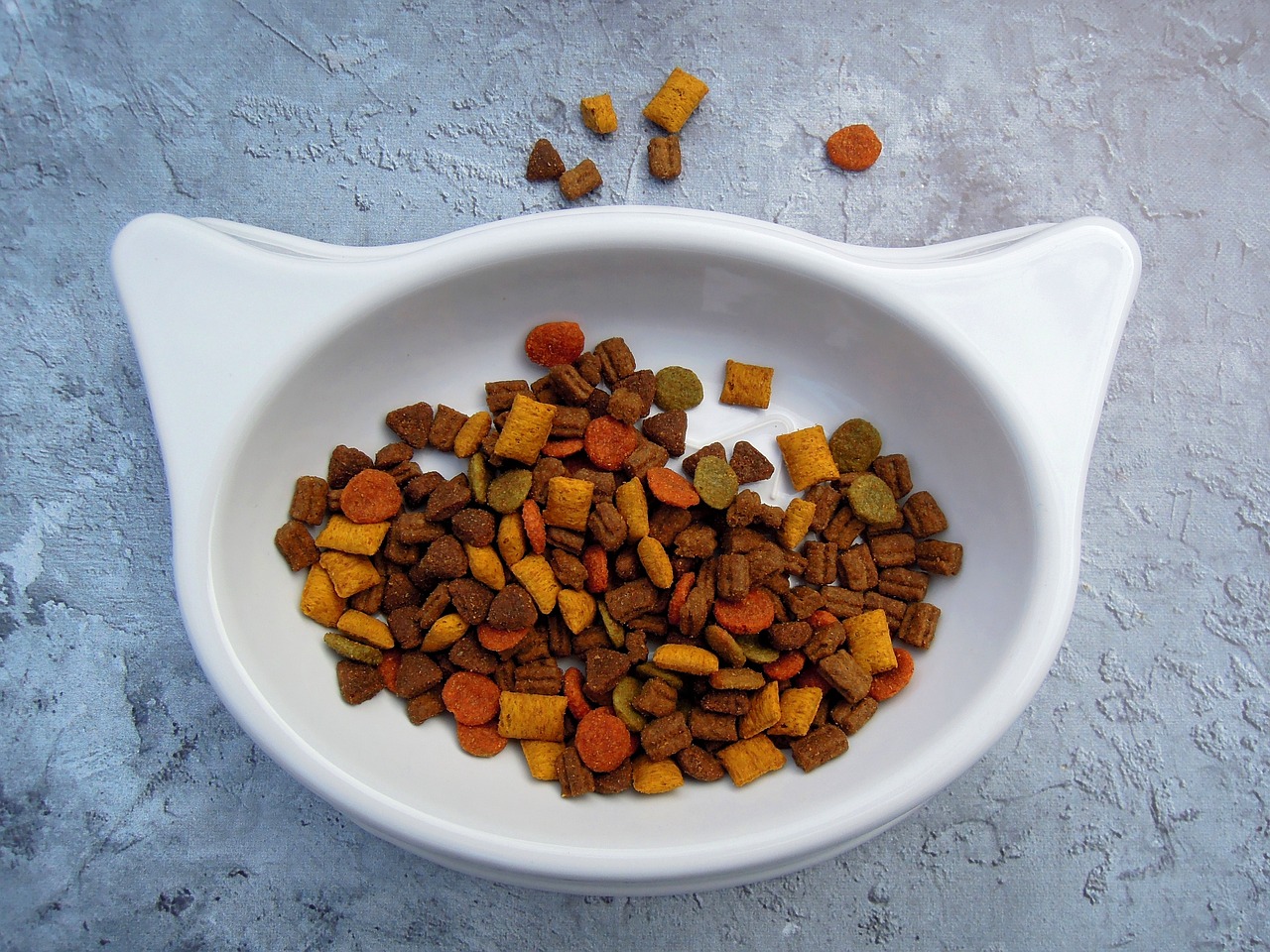
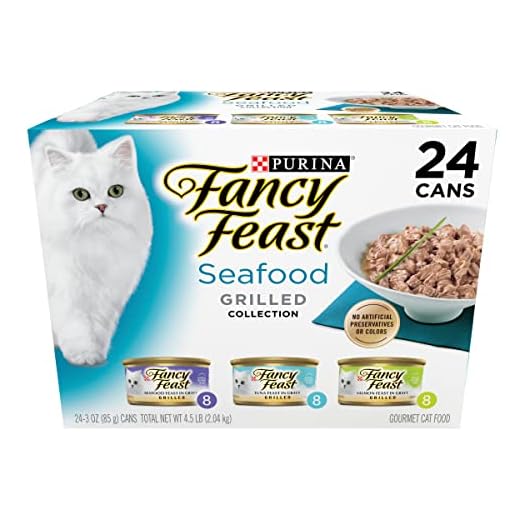





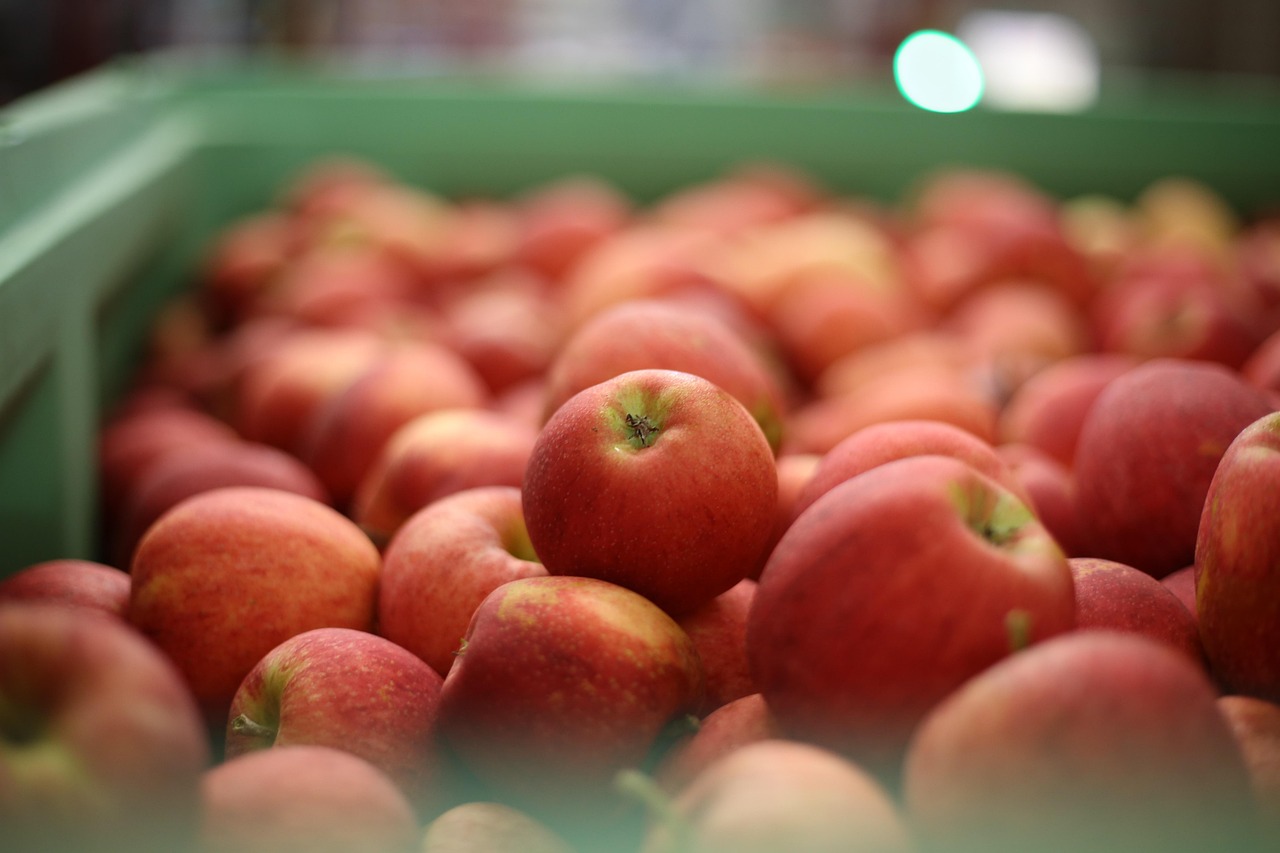
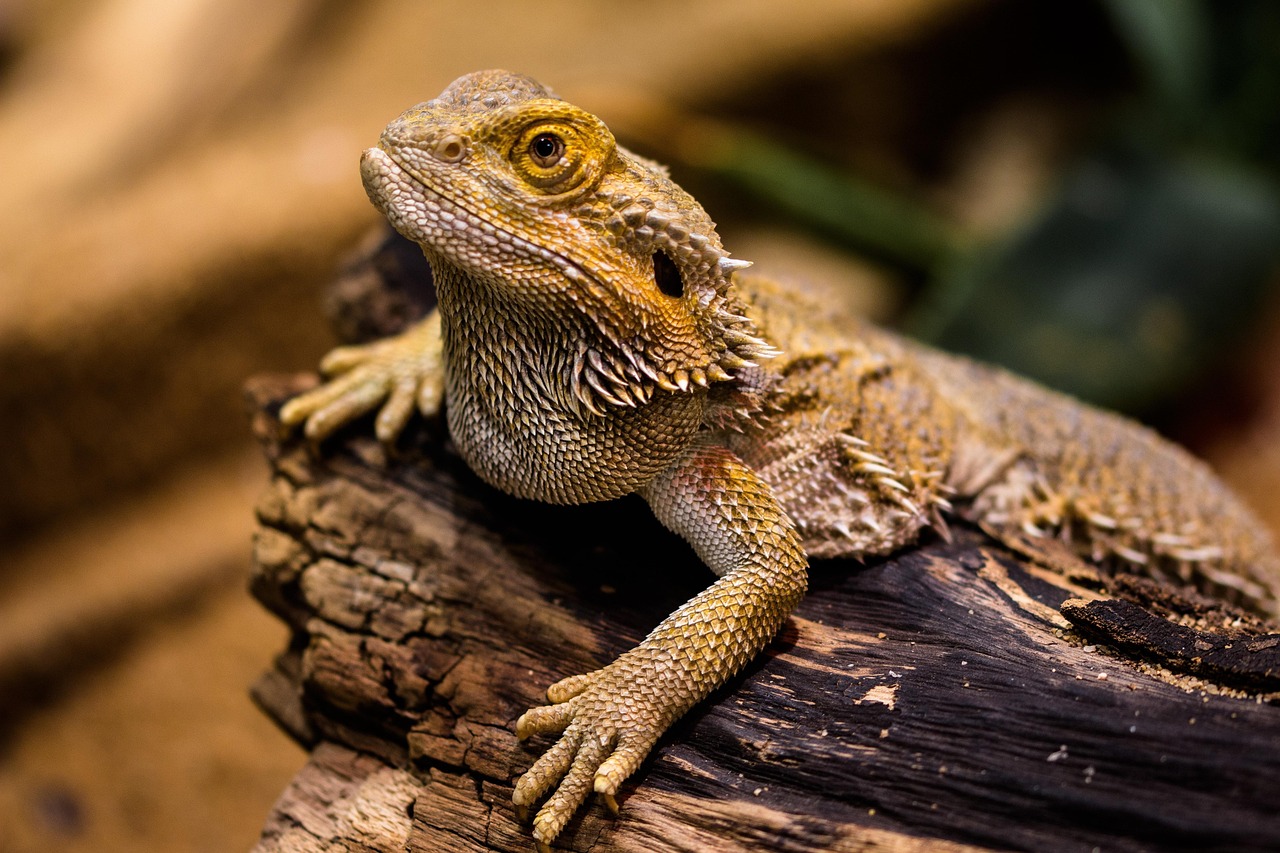
Funny story: I tried mixing Fromm Four-Star Game Bird with kibble and my cat treated it like a dessert. 😂 Also found that rotating proteins (not too often) keeps her interested. The storage tips were clutch — mason jars FTW.
Mason jars saved my life too — no more stale kibble!
Do you rotate weekly or monthly? I’m paranoid about sudden changes causing tummy upset.
Glad that tip worked! Rotating can reduce picky behavior over time. And proper airtight storage does wonders.
Affordable options matter. The section on budget-friendly picks mentioned Purina and Friskies — they’re practical for multi-cat households. But for cats with sensitivities, be prepared to splurge on grain-free or novel proteins like Fromm.
Yep, we’ve had to upgrade for allergies. It sucks but worth it for a happier kitty.
Totally — budget vs special-diet needs is a trade-off. The article tries to suggest mixes and strategies to keep costs manageable while meeting health needs.
Also watch for deals and subscribe & save options on Amazon — can lower costs for premium brands.
Minor nitpick: would love a quick cheat-sheet printable PDF for the feeding schedule examples. My head spins between portions for kittens vs adults vs seniors. Otherwise, great guide!
Good suggestion, Priya — we might add a printable portion chart in a follow-up. For now, the article’s portion control section has sample grams per weight.
I second the PDF idea. A fridge magnet cheat-sheet would be amazing.
Serious question: the VOLUAS Programmable Automatic Cat Feeder with Voice Recorder — worth it? I work long hours and worry about portion control when I’m not home. Anyone used it reliably?
We included VOLUAS as an option — it’s fine for scheduled dry meals, helpful for portion control. But avoid relying on it for wet food unless it’s specifically designed for wet; spoilage is a risk.
I have a similar feeder — it’s great for dry kibble and the voice recorder is fun. My cat figured it out though and sometimes waits by it 😂
If you’re gone long-term, consider a pet sitter for wet meals. Automatic doesn’t replace a human for hydration checks.
Short and sweet: this guide made me less anxious about picking between wet/dry. Pro tip — if you’re trying a new wet, open a can and offer a small taste before committing. Saves money AND heartache. 😊
Also ask your pet store for sample packs — some places do them for free.
Great pro tip, Zoe. Cats can be picky, so sampling first avoids waste.
Great breakdown! I switched between wet and dry for Milo and this article nailed the pros and cons. I had no idea wet food could help with hydration so much — we started rotating Fancy Feast Senior High-Protein Wet Variety and he actually drinks less water but seems perkier.
One question: anyone noticed more dental gunk when feeding mostly wet? My vet recommended a mix but I’m paranoid about weight gain. 😅
Try crunchy dental sticks or a water additive. My vet said wet food itself doesn’t cause gunk, it’s lack of chewing. Also congrats on the perkier cat — always a win!
I had the same with my girl Luna. Switched to mixing a bit of Purina ONE High-Protein Weight Control with wet meals and it balanced her weight and kept breath better. Also try dental treats once a week.
Thanks, Sarah — glad it helped! Wet can sometimes lead to more plaque because of texture, so mixing with dry and brushing when possible is a good call. Portion control and weighing your cat monthly helps manage weight.
Loved the budget-friendly tips. I use Purina Cat Chow Naturals Hairball Control for my longhair and mix in small portions of Fancy Feast Grilled Seafood Variety Pack Cans on weekends. Keeps her excited without breaking the bank.
Hairball formula helped my floof too. Just watch for higher carbs in some dry blends — they can contribute to weight gain.
Same here. My wallet thanks me and my cat acts like it’s gourmet every Saturday 😂
Smart strategy — using dry as a base and wet as occasional enrichment is a balanced way to control costs and keep mealtime fun.
Two comments: 1) If you have an older cat, try Fancy Feast Senior High-Protein Wet Variety — my old man loves it and regained some muscle. 2) Don’t forget that treats count toward calories. I learned that the hard way. 😬
Also, lol at the ‘cat will judge your life choices’ line in the intro — made me laugh.
Treat calorie math is no joke. I cut treats down to weekly and saw weight drop in a month.
Same! My cat is a treat addict but portioning them fixed the muffin-top.
Love that — treats are sneaky! Glad the senior formula helped. And yes, cats are relentless judges.
Label reading still confuses me. The article said to look for named meats up front — but what about ‘chicken meal’ vs ‘chicken’? Which is better?
Great question. ‘Chicken meal’ is concentrated and actually a good source of protein; it’s not necessarily worse than ‘chicken’. The key is looking at quality and the proportion of named proteins overall.
Yeah, chicken meal can be fine. I look at the guaranteed analysis too — protein/fat levels give context.
This part about urinary health convinced me to re-evaluate my cat’s diet. I switched to more wet food and the vet noticed improvement in urine concentration. Not a miracle cure, but it helped. Also shoutout to Fancy Feast Grilled Seafood — my cat does *not* share. 😂
Haha yes, food thieves are real. Keep a second bowl for the shy one!
Same — vet recommended increasing moisture and monitoring. It reduced frequency of UTIs for my older cat.
Happy to hear it made a difference, Samantha. Urinary health is one of the strongest cases for wet food, especially for cats that don’t drink enough.
Love the practical feeding strategies. Transitioning advice was spot on — slow switches over 7-10 days. Quick tip from me: keep a small notebook of what foods caused loose stools or allergies — saved me from repeat mistakes.
Excellent tip, Liam. Tracking reactions helps spot patterns, especially when trying multiple brands like the ones listed in the article.
I do this too. Also take photos of the stool — vets appreciate the visuals 😂
Totally disagree with the blanket ‘dry equals bad for teeth’ vibe. My cat’s teeth improved after switching to Purina ONE High-Protein Weight Control Chicken and leaving out some crunchy kibbles. Everyone’s cat is different.
Exactly — kibble can help, but I still brush weekly. Also, high-protein formulas helped my boy too — less begging at night!
Fair point, Ethan. The article aims to present considerations rather than absolutes. Kibble can help with mechanical cleaning but isn’t a substitute for dental care.
I have two cats: one hogs the wet food (Friskies Prime Filets Gravy Variety Pack Cans) and the other ignores it unless I heat it. 😅 Anyone else warm wet food before serving? Seems to increase interest.
Heating (to just above room temp) can release aromas and make wet food more enticing. Just avoid microwaving directly — stir and check temp first to avoid hot spots.
Careful with Friskies — it’s popular but not the highest in protein. If you’re concerned about nutrition, mix with a high-protein option occasionally.
Yep, I do this! A few seconds in warm water or a quick microwave on low works. Also try the grilled seafood ones — some cats LOVE that scent.
This is exactly the guide I needed. Quick, practical, no fluff. The label-reading section was super helpful — never realized “meat by-products” could mean so many things. Ready to audit my pantry and maybe try Fromm Four-Star Game Bird Turkey Recipe for variety.
Agree — my cat loved Fromm. Also check the first 3 ingredients; that usually tells you a lot.
Thanks, Tom. Fromm is a good option for novel proteins if your cat needs variety. Labels can be confusing — focus on named protein sources and guaranteed analysis.